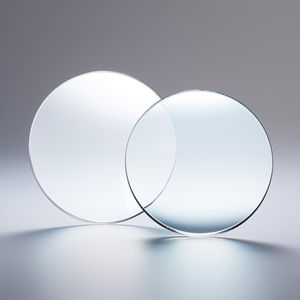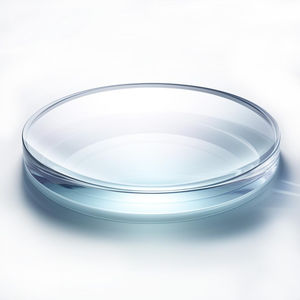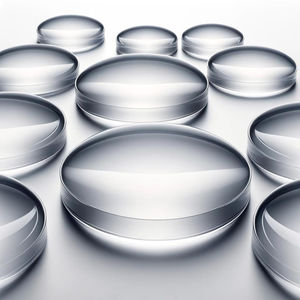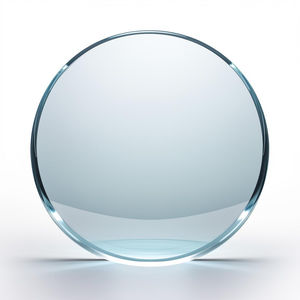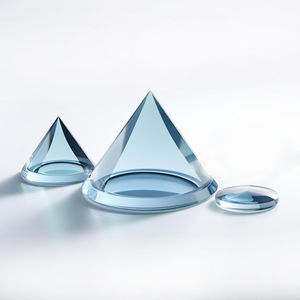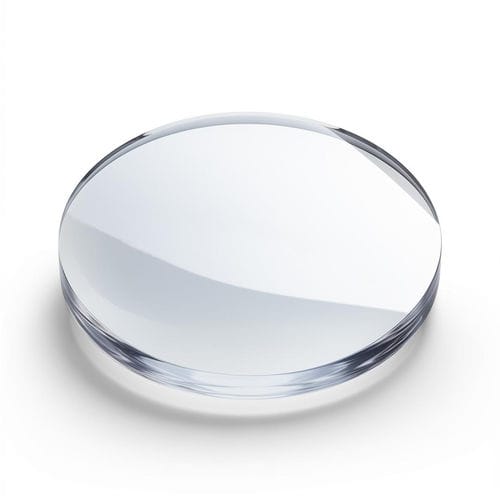
- Metrology - Laboratory
- Optical Component
- Meniscus lens element
- Alien Photonics

- Products
- Catalogs
- News & Trends
- Exhibitions
Meniscus lens element glassvisibleprecision

Add to favorites
Compare this product
Characteristics
- Geometry/curvature
- meniscus
- Material
- glass
- Optical characteristics
- visible
- Applications
- optical, precision
Description
Negative meniscus lens is thicker at the edges than at the center. These lenses combine both concave and convex surfaces with overall negative focal length (light (laser) diverges).
Alien Photonics negative meniscus lens has one surface that is concave (curving inwards) and another that is convex (curving outwards). This makes them thinner at the center and thicker at the edges, while also resulting in negative focal length. This specific shape is used to diverge light (e.g. laser beam).
Negative meniscus lenses play a crucial role in diverse optical applications where their unique ability to diverge light, correct specific aberrations, and improve system performance is required. They are very helpful in designing optical systems that demand precise control over light propagation, ensuring optimal performance across a broad range of technologies and devices.
Negative Meniscus Lens for diverging light (laser) rays
The primary optical function of a negative meniscus lens is to diverge light rays that pass through it. This is useful in applications that require the spreading of light, such as in certain types of optical testing equipment, beam expanders, or in systems designed to reduce the intensity of a focused laser beam.
Improving image quality with Negative Meniscus Lenses
When used in combination with other optical elements, negative meniscus lenses can help to improve the overall image quality. That is done by balancing out converging effects of other lenses, particularly in complex lens systems where control over the light path is crucial.
Related Searches
- Glass lens element
- Optical prism
- Spectrum lens element
- Optical window
- Optical lens element
- Glass optical prism
- Visible lens element
- Round mirror
- BK7 lens element
- Laser lens element
- Convex array lens element
- Silica lens element
- Crystal lens element
- Spherical lens element
- UV lens element
- Fused silica lens element
- Round optical window
- Laser mirror
- Cylindrical lens element
- Plano-convex lens element
*Prices are pre-tax. They exclude delivery charges and customs duties and do not include additional charges for installation or activation options. Prices are indicative only and may vary by country, with changes to the cost of raw materials and exchange rates.

